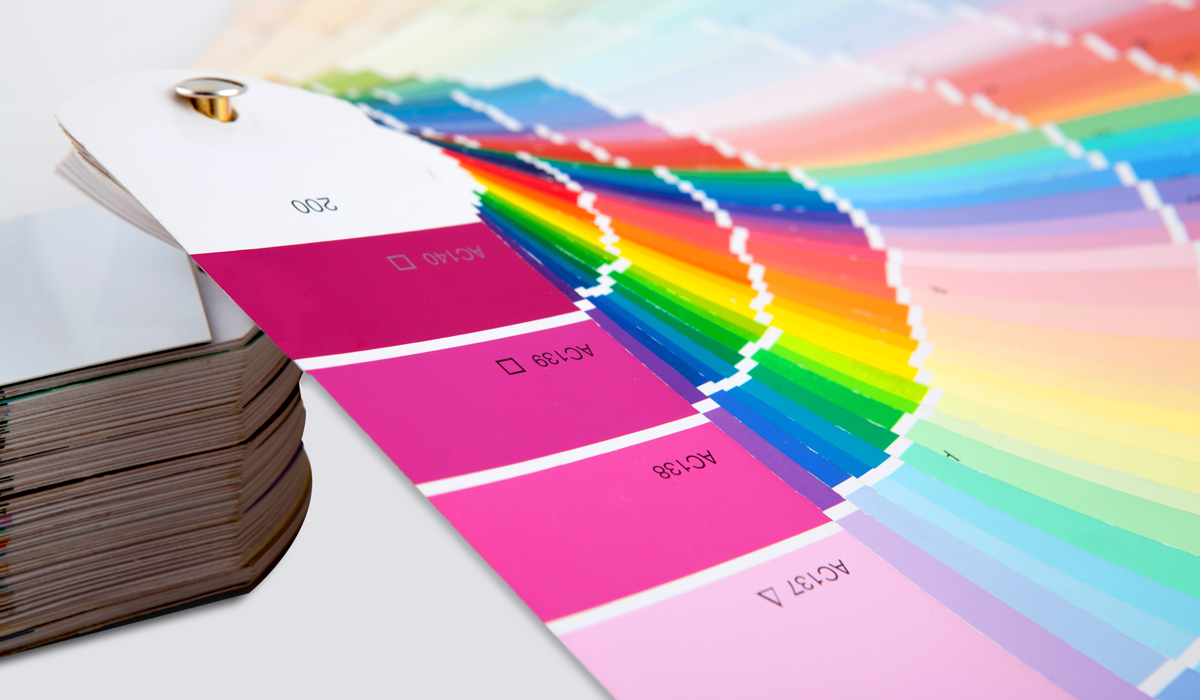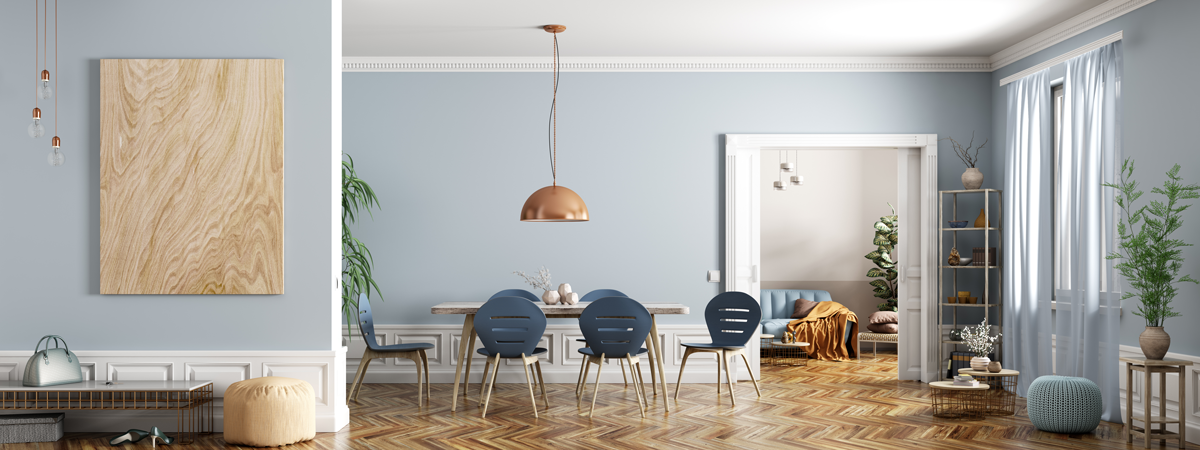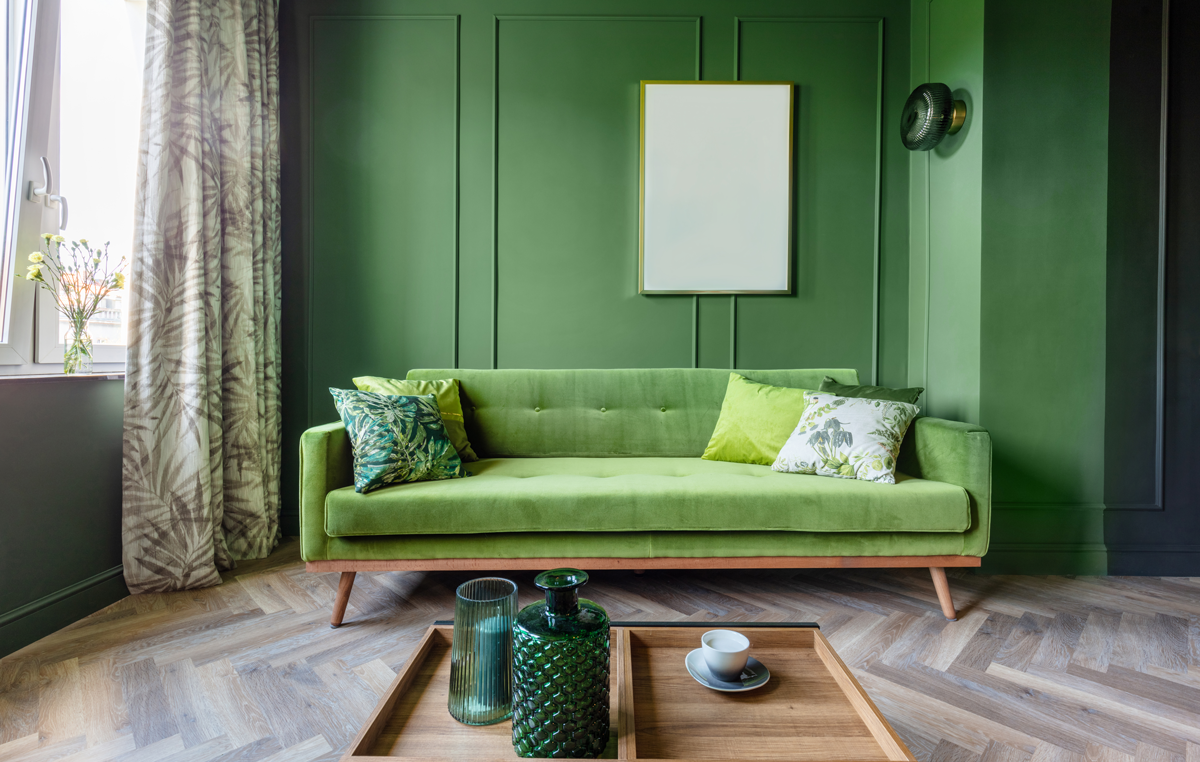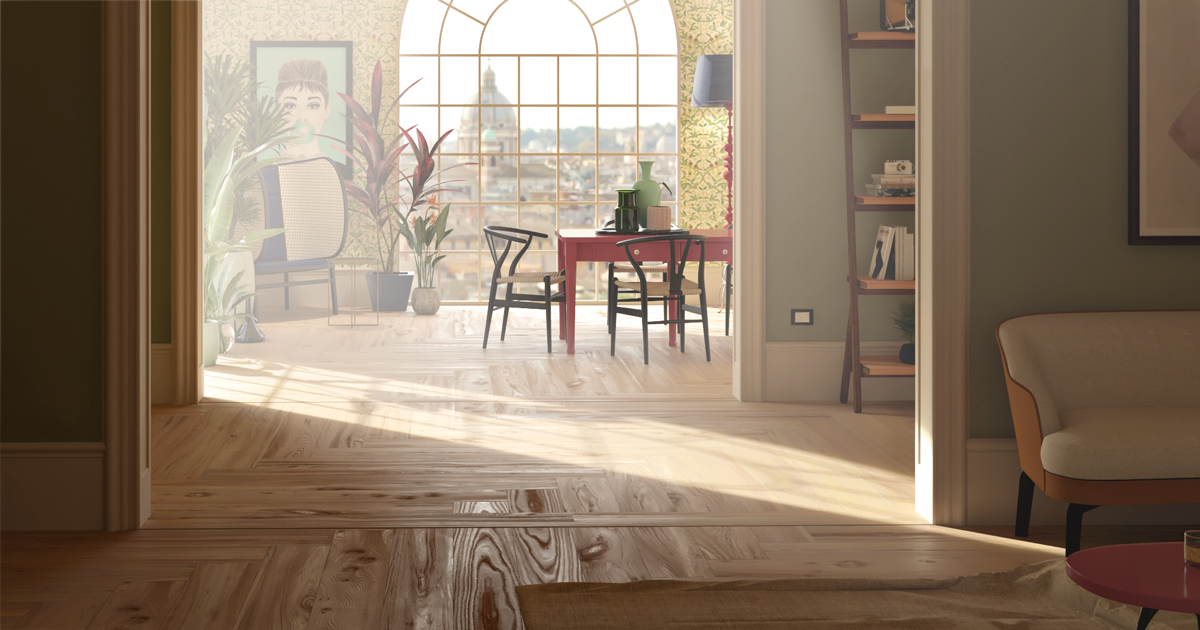26 July, 2021 | News

When you start thinking about colors in interior design, your mind fills with thousands of images and ideas, not all of which will match with one another. When it comes to color and home decor, there are no set rules to follow; with the freedom of subjectivity, what might make sense for one project or room might be the exact opposite for another. Of course, always staying within the limits of good taste!
In fact, design proposals and example interiors from showrooms, magazines, and professionals in the field are filled with wide-ranging alternatives. From light and relaxing tones common in Scandinavian style rooms, to intense and bold colors which often pair with a more classic style, or are sometimes chosen to give a rejuvenating and fresh touch to a room.
There is no golden rule when it comes to choosing color; the most important thing is to follow your own preferences and your own style. The goal is to be able to find the right mix that allows us to create a one-of-a-kind project, unique to our own tastes and our own desires.
With that said, we are left to answer: how can we understand what is the right color for us and how can we navigate between all the ideas and styles that we like?
Below, we’ll offer you a few key ideas to help you choose the perfect color for you and your next interior design project.
Color, as Kandinsky taught us, is able to move us profoundly and arouse emotions in those who experience and contemplate it, awakening memories and sensations from within. And so, a good idea could be to begin from a work of art that we admire to help us define the palette that we would like to use in our room or in the various living spaces of our home. We can start with the principle color, using it perhaps on large surfaces such as our walls, and then determine the complementary colors to use for the details around our room, for example window or door frames, or the furniture that will eventually fill the room.
The work of art “theme” can guide us not only in the realization of a single room but also an entire home, taking advantage of all the nuances that a work of art is able to suggest, or even choosing various works for each space, thus creating themed rooms.

Identifying a style that we want to follow for our project will allow us to narrow our ideas down to the tones and shades that represent the particular atmosphere that we want to recreate.
There are many options to choose from; we can follow a classic style, with warm and elegant hues, or a modern style, marked by cooler tones with touches of color. Alternatively, we can opt for an industrial style, preferring the use of exposed metal, brick, and wood and leaving stripped back architectural elements in plain sight, giving unique character to our space. We can even choose an eclectic style, with a mix and match of pieces of varying nature to create a welcoming and intimate atmosphere.
In short, when it comes to style, we have plenty of alternatives to choose from; the goal is to choose the one that you like best!

Light is a fundamental aspect of any space and it needs to be evaluated carefully when it comes to choosing the right color for a room.
First and foremost, we must consider the natural light that comes into a space. The exposure of the room, apartment, or home that we need to decorate is a critical part of choosing the colors and shades that will allow us to create the atmosphere that we desire.
When you select a color that you like, try applying it to a small area of your wall to see how it looks in your specific space. Testing out colors in a room, observing their effect at different times of the day, will allow you to better evaluate if the color that you chose has the overall effect that you imagined.
And let’s not forget about artificial light. Studying overall illumination in your room is an important piece of the puzzle since you are sure to spend time in your room in the evening hours, too. It’s important to remember that darker tones may have trouble showing their true color (no pun intended!) in a scarcely lit room, accidently creating an unwelcoming atmosphere.

Being able to see a preview of our finished design with photorealistic rendering helps us evaluate and choose the solution that is right for us and compare various design options. Rendering gives us a glimpse into the future and by using a 3D design software program (like our professional interior design software DomuS3D) lets you share ideas and simulate various alternatives, satisfying your curiosity and resolving any doubts, questions, or difficulties you may have when making a decision.
With the right program, you should be able to simulate the interaction between colors and lights, giving you the ability to conduct a comprehensive study of your entire space.

As you can see from this article, there is no one single path to follow when it comes to choosing the right color for an interior design project. We can choose one way or another, or we can let ourselves be guided by the sensations and emotions that a particular image evokes in us.
The only rule you should follow is this: let yourself be inspired, play with the colors that move you and stimulate your emotions for the particular type of room you want to create, and above all else, have fun.
And don’t forget: you can always change your mind! With a fresh coat of paint, you’ll have a blank slate and your project will be reenergized for a new beginning!
To receive more information about our products, request a free consultation, or activate a subscription, please contact us.